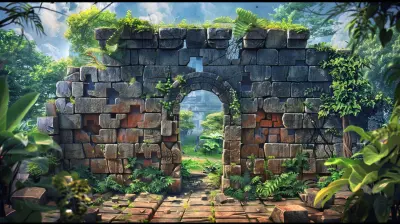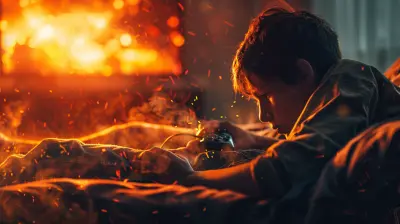When Games Mimic Survival: Realistic Needs and Challenges
16 July 2025
Alright, let’s get one thing straight—survival games hit differently. There’s something absolutely gripping about a game that forces you to manage basic needs like hunger, thirst, or even your sanity while dodging the threats lurking around every corner. These aren’t your typical "run-and-gun" experiences. Survival games go a step further: they make you feel. They make you think. And I mean really think—like, Should I eat this mushroom that may or may not kill me? kind of thinking.
But what makes these games so compelling? It’s the realistic needs and challenges they impose that mimic real-life survival. They push us into uncomfortable situations where we’re constantly juggling priorities. Food or shelter? Safety or resources? It's like managing a to-do list that has "don't die" right at the top.
Let’s break down the nitty-gritty of how survival mechanics in games reflect real-world struggles and why this keeps us so hooked.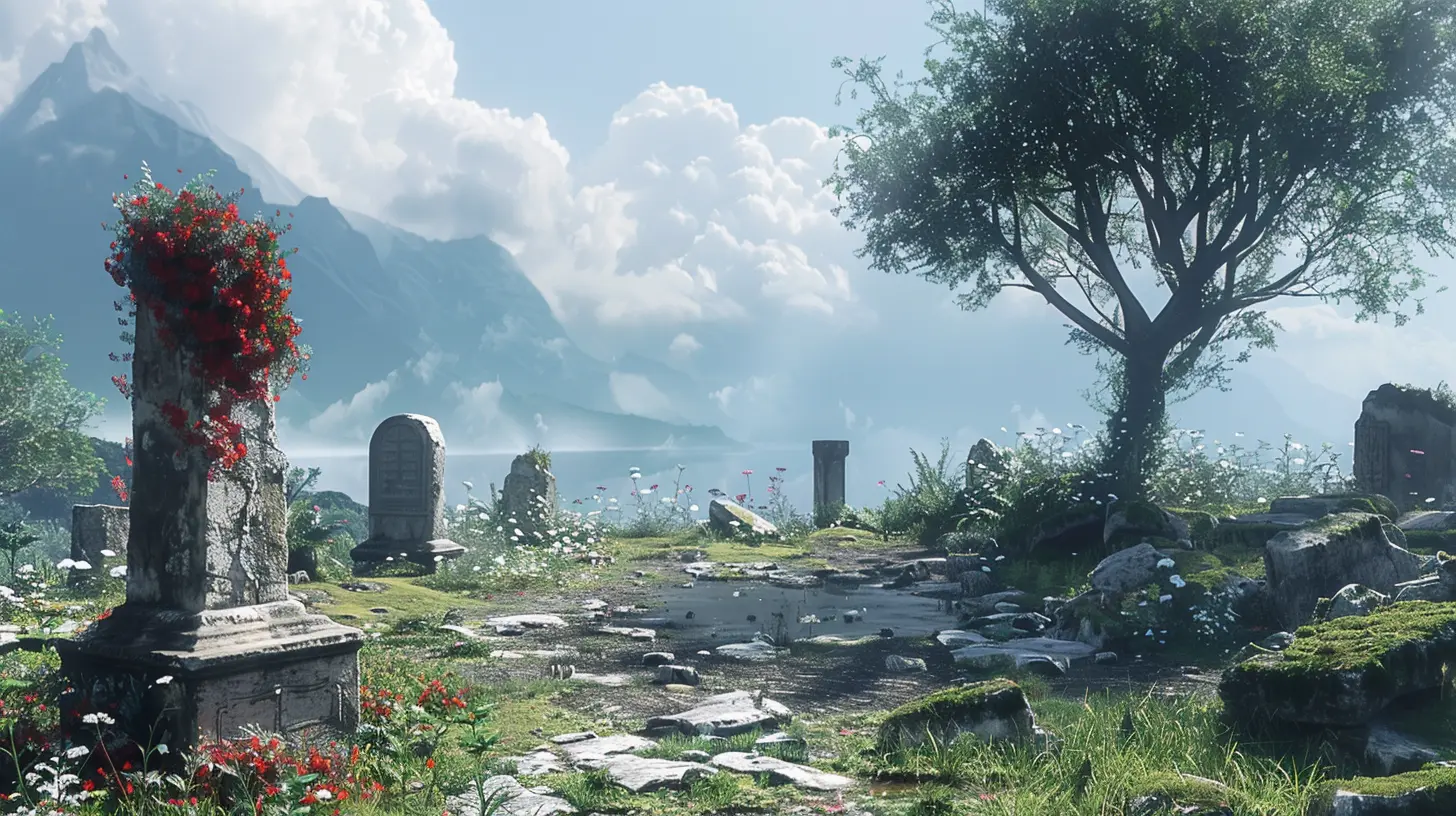
The Core of Survival: Basic Human Needs
Before we dive into specifics, let’s talk survival 101—human needs. We all have them, right? Food, water, shelter, sleep. These are the basics. Any survival game worth its salt incorporates at least a few of these into its gameplay. The more realistic and well-integrated they are, the more immersive the experience becomes.Take "The Long Dark", for instance. This game nails the survival concept with an unforgiving Canadian wilderness where cold is your constant enemy. You’re not just scavenging for random supplies; you’re calculating calorie intake, managing body temperature, and rationing food for days when Mother Nature decides to throw a blizzard your way. That level of grounded realism? It’s a chef’s kiss.
Hunger and Thirst: More Than Just Health Bars
A lot of games make hunger and thirst feel like chores—something to quickly tick off your list so you can get back to "the real fun." But the best survival games make these mechanics essential, not just an afterthought.For example, "Don't Starve" doesn’t treat hunger as a simple health bar depletion. It’s a ticking time bomb. And what happens when you’re starving? Your character starts losing sanity. Suddenly, you’re hallucinating shadow monsters. It’s not just survival anymore; it’s a full-on mental breakdown. It’s like when you skip breakfast, and by lunchtime, you're so "hangry" that even the office printer seems like it's out to get you.
And then there’s "Subnautica", where water (literal water!) becomes your lifeline. You’re stranded in an alien ocean, surrounded by water you can’t drink unless you process it. How ironic is that? It’s a constant reminder of how resource management adds tension to survival.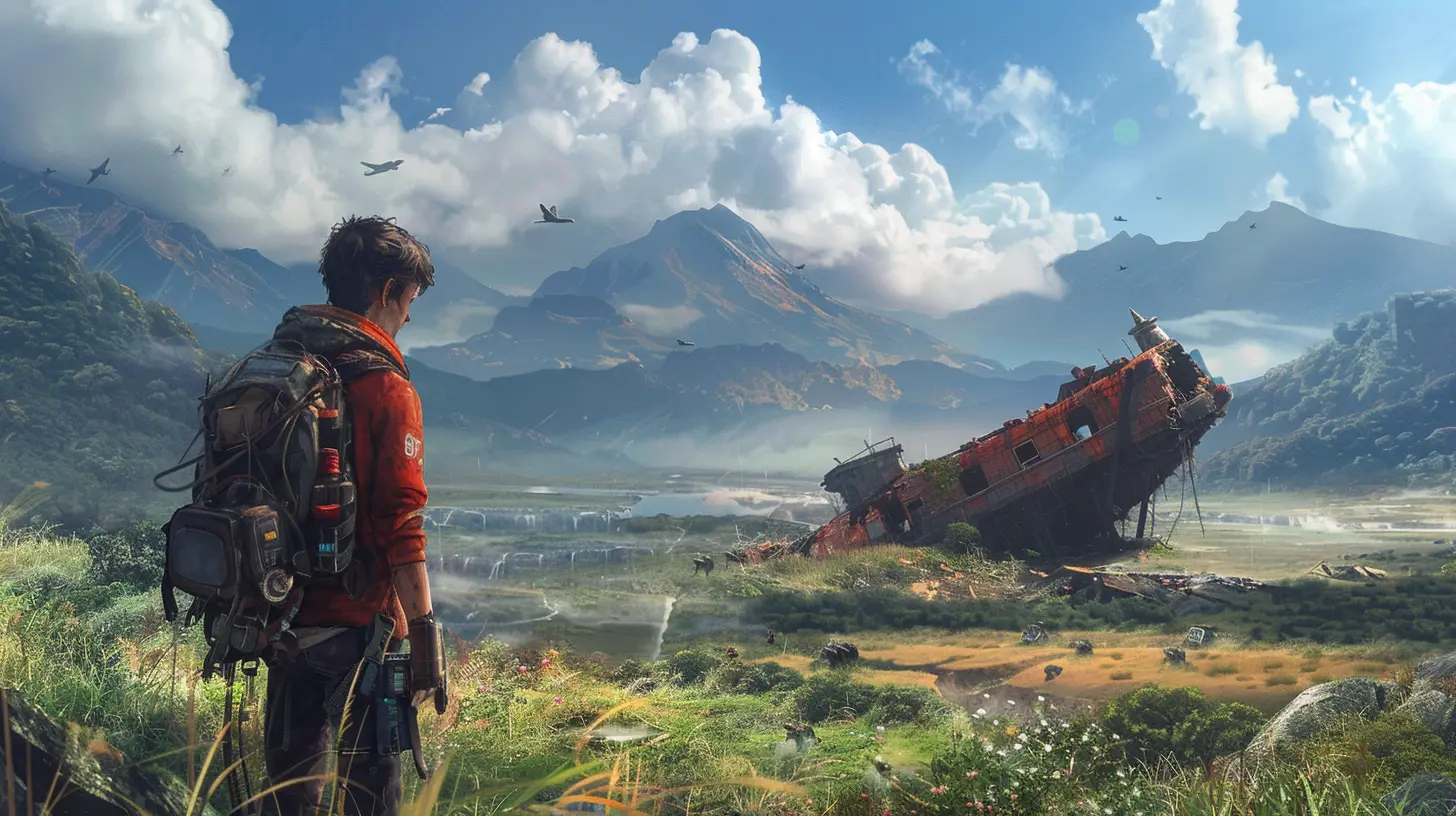
Environmental Hazards: Nature Isn’t Always Your Friend
Let’s face it, nature can be a jerk sometimes. It doesn’t care about your plans. Survival games excel at putting you at odds with the environment. Whether it’s an arid desert, a dense forest, or a freezing tundra, each biome brings unique challenges.Weather: The Silent Killer
How often do you think about the weather in games? In survival titles, it’s everything. A sudden snowstorm or scorching heatwave can be the difference between life and death. Games like "Frostpunk" and "Green Hell" are perfect examples of environmental conditions forcing you to adapt. You’re either gathering coal to keep the furnace burning or crafting anti-venom after an unfortunate run-in with a snake in the Amazon jungle.Darkness and Fear of the Unknown
Ever notice how the darkness in survival games feels heavier than in other genres? It's not just about visibility; it’s about vulnerability. As the sun dips below the horizon, you’re left wondering, What’s out there?In "Minecraft", nighttime becomes a race to build shelter before the creepers show up. In "The Forest", darkness is when the cannibals come out to play. It’s that primal fear of the dark that survival games weaponize so brilliantly.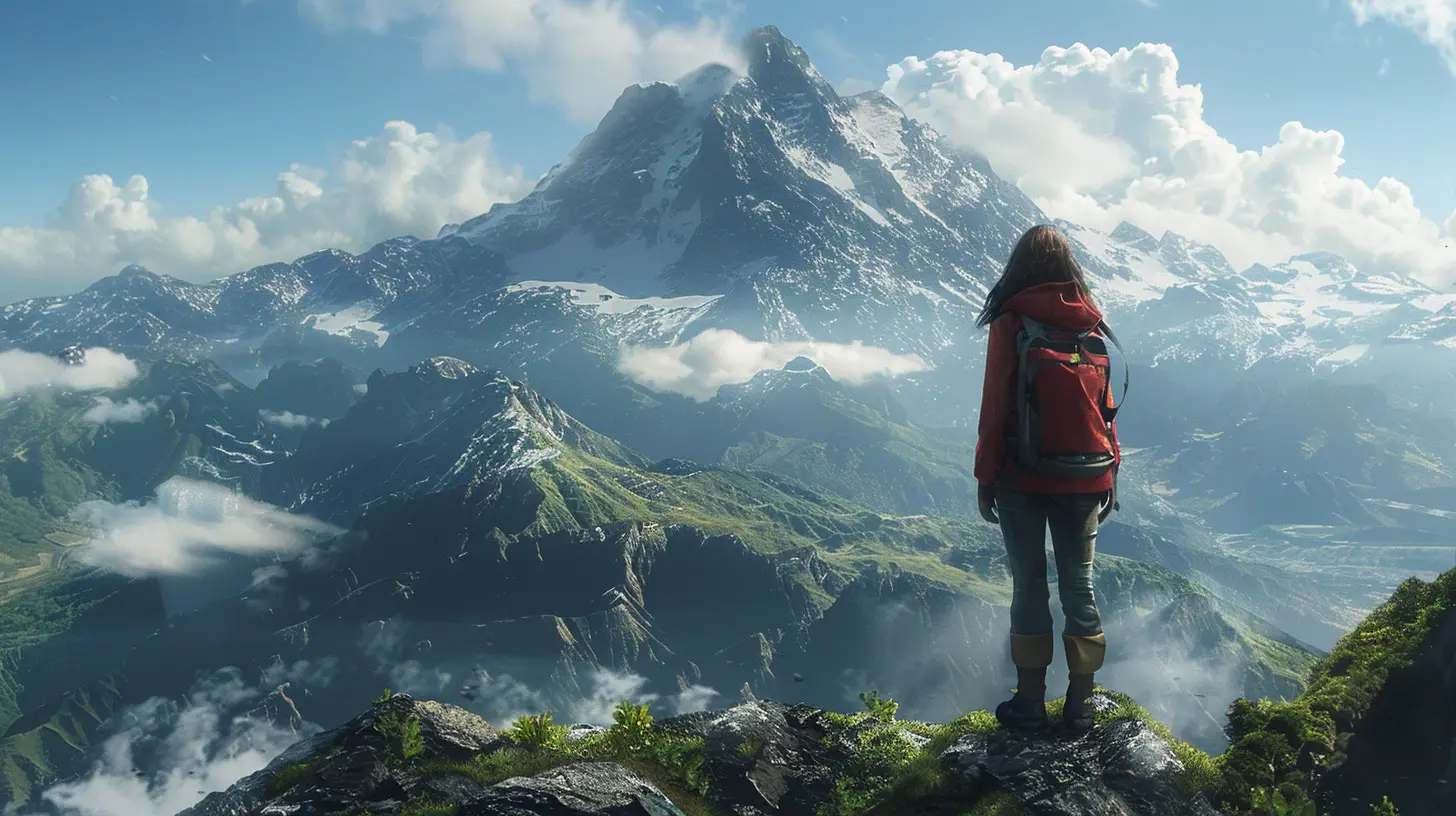
Mental Health: The Hidden Boss of Survival
I love how some survival games dig deeper than physical needs. They bring mental health into the mix, showcasing how isolation, fear, and desperation take their toll. Because let’s be honest: it’s not just your body that struggles in a survival situation—it’s your mind too.Take "This War of Mine", for example. While scavenging for food and resources, you’re also grappling with moral dilemmas. Do you steal from an elderly couple to feed your group? That decision might haunt your characters, pushing them toward depression. The game doesn’t sugarcoat the emotional weight of survival; it slaps you with it.
Even goofy-looking games like "Raft", where you’re literally floating on debris in the middle of the ocean, manage to sprinkle in psychological challenges. Being stranded alone for weeks? Watching out for sharks? Yeah, that’ll mess with your head.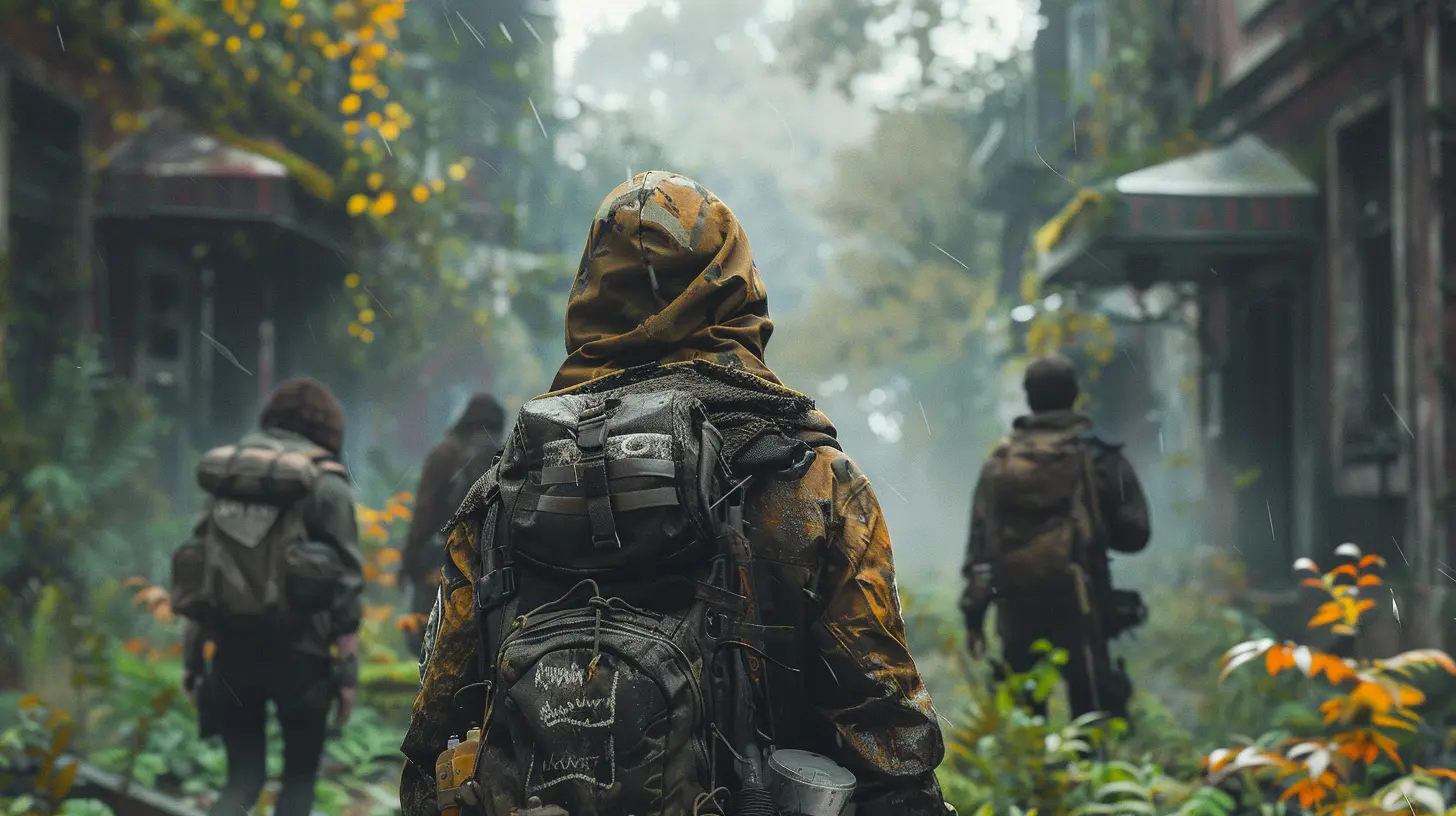
Crafting and Building: The Paradox of Control
Survival isn’t just about reacting to crises; it’s about being proactive. That’s where crafting and building mechanics come in. They give you control—or at least the illusion of it. Because let’s be real, you're usually one misplaced log away from a disaster.Building Shelter: Your Fortress Against Chaos
Ever spend hours in "Valheim" building the ultimate Viking fortress? It’s satisfying, sure, but it’s not just for show. That roof over your head? It’s keeping you alive when the trolls come knocking. Building becomes a form of self-expression but also a matter of survival. It’s IKEA but with higher stakes.Tools and Weapons: MacGyver Mode Activated
Remember in "The Forest" when you first crafted a spear? That was a game-changer, right? Crafting tools and weapons isn’t just about progression; it’s about empowerment. It’s like having duct tape and a Swiss Army knife in real life—you suddenly feel invincible.Multiplayer Survival: Because Misery Loves Company
Want to know what’s harder than surviving alone? Surviving with other people. Multiplayer survival games like "Rust" and "ARK: Survival Evolved" add a social layer to the experience. They teach you one important lesson: people are worse than zombies.In these games, you’re constantly torn between cooperation and competition. Do you team up with strangers to build a safe haven, or do you raid their hard-earned loot because... well, you can? It’s like an episode of Survivor, but instead of being voted off the island, you get ambushed in your sleep.
Why We Keep Coming Back
So, why do we keep torturing ourselves with these games? Why put ourselves through the stress of starvation, hypothermia, and shark attacks? Simple: they make us feel alive.Survival games tap into something primal. They test our instincts, force us to make tough choices, and reward us with a sense of accomplishment when we overcome the odds. It’s like solving a giant puzzle where the answer is, Don’t die.
And let’s not overlook the storytelling here. Survival games often don’t hand you a predefined narrative. Instead, they let you create the story. That time you barely made it through the night with only one piece of rotten meat? Or when you outwitted a group of bandits in a pinch? Those moments stick with you.
The Future of Survival Games
As gaming tech evolves, survival games are only going to get more intense. Imagine hyper-realistic simulations where you can feel the weight of your backpack or smell the smoke from your makeshift fire. Virtual reality might soon make your worst survival nightmares come true—yay?We’re already seeing AI being used to make NPCs smarter and environments more dynamic. Who knows? Maybe in a few years, the line between "game" and "experience" will blur even further.
Final Thoughts
When games mimic survival, they remind us of our most basic instincts. They’re not just about beating the boss or finishing the quest. They’re about learning to adapt, endure, and thrive under pressure. So the next time you’re scavenging berries, chopping wood, or fighting off wolves in a pixelated forest, remember: it’s not just a game. It’s survival.all images in this post were generated using AI tools
Category:
Realism In GamesAuthor:

Lana Johnson
Discussion
rate this article
1 comments
Gisela McKnight
What a fascinating exploration of survival in gaming! Your insights into how realistic needs and challenges enhance the player experience are spot on. It’s incredible to see how games can reflect real-life struggles while creating immersive worlds. Looking forward to more thought-provoking articles like this one! Keep up the great work!
July 26, 2025 at 2:58 AM

Lana Johnson
Thank you so much for your kind words! I'm glad you enjoyed the article and found the insights valuable. I appreciate your support and look forward to sharing more!

